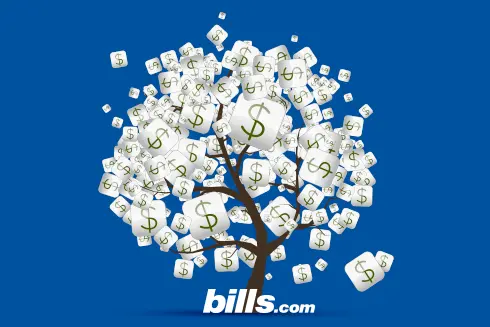
Get rid of your debt faster with debt relief
Choose your debt amount
Or speak to a debt consultant 844-731-0836
How can I rollover $60,000 in profit sharing into an IRA?
Applying for disability, but need some money now for bills etc. I have about $60,000 in profit sharing, should I put in bank as trustee, then take out $10,000 and pay penalty on that and leave the rest in a IRA at the bank.
I will assume that your profit-sharing plan is a 401(k), or a similar plan that would be covered by 401(k) rollover rules.
You will pay zero dollars in penalties or taxes if you rollover your retirement plan into an Individual Retirement Arrangement (IRA). You can rollover your retirement account into an IRA account type of your choice, such as CDs, money market, an fund at a brokerage that either you or a stock broker control — really you are only limited by your imagination. Assuming your plan allows rollovers, your employment status is irrelevant if you wish to rollover your account into an IRA. See the IRS Rollover Chart to view your options.
Profit Sharing Cash Out a.k.a. Distribution
If your profit sharing plan is a 401(k), your plan may give you the ability to receive what is called a distribution for a portion of your account, and rollover some or none into an IRA.See the IRS document 401(k) Resource Guide - Plan Participants - General Distribution Rules for the guidelines. Note my choice of the word guidelines. Congress gave employers flexibility when creating these retirement plans. The information published by the IRS indicate what is allowed. Employers have the freedom to create plans with more stringent rules. Therefore, your ultimate authority is your 401(k) administrator and your employer's rules.
You will pay a 10% penalty tax if you receive a distribution and you do not qualify for an exception. Two types of distributions are permitted from 401(k) plans. One is called a financial hardship withdrawal. It is subject to applicable income taxes and a 10% early withdrawal penalty if you are younger than 59½. The other hardship allows for a penalty-free withdrawal, consistent with Section 72(t) of the Internal Revenue Code. With this, you pay applicable income taxes but not an early withdrawal penalty.
Financial hardship withdrawals are allowed for the following reasons:
- To buy a primary residence
- To prevent foreclosure or eviction from your home
- To pay college tuition for yourself or a dependent, provided the tuition is due within the next 12 months
- To pay un-reimbursed medical expenses for you or your dependents
You may qualify to take a penalty-free withdrawal if you meet one of the following exceptions:
- You become totally disabled.
- You are in debt for medical expenses that exceed 7.5% of your adjusted gross income.
- You are required by court order to give the money to your divorced spouse, a child, or a dependent.
- You are separated from service (through permanent layoff, termination, quitting or taking early retirement) in the year you turn 55, or later.
- You are separated from service and you have set up a payment schedule to withdraw money in substantially equal amounts over the course of your life expectancy. (Once you begin taking this kind of distribution you are required to continue for five years or until you reach age 59½, whichever is longer).
Income Taxes & Profit Sharing Rollover
You will pay income taxes on a distribution, assuming your profit-sharing plan is structured as a pre-tax 401(k) plan. Let us assume for the sake of argument that you earned $20,000 in wages for the year, and took a $10,000 distribution. Your income would be $30,000 for the year, and your income would be taxed at the $30,000 rate. Let us assume your income was zero and you took a $15,000 distribution. You would pay income taxes on the $15,000, and would be taxed at the $15,000 rate.
Implied in your question is what taxes you would owe if you took a $10,000 distribution. Assuming you do not qualify for an exception to the 10% penalty tax, you would pay $1,000 off the top in penalty taxes. I cannot calculate your income taxes because I do not know enough about your situation, such as if you file single or jointly, the number of your dependents, if you take the standard deduction or qualify for a higher deduction due to medical expenses, mortgage interest, and so forth. Consult with a tax preparer for a precise answer to your question.
I hope this information helps you Find. Learn & Save.
Best,
Bill

Get rid of your debt faster with debt relief
Take the first step towards a debt-free life with personalized debt reduction strategies.
Choose your debt amount
Or speak to a debt consultant 844-731-0836